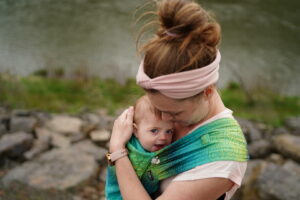
There Is No single “Best” Baby Carrier. Period.
(And There Isn’t a single “Best Non-Toxic” Carrier Either.)
One of the most common questions I hear is: “What’s the best carrier?” My answer is always the same: there isn’t one. There is no single perfect carrier for all babies, all parents, or all situations. Bodies are different, needs are different, climates are different—and so are values.
And the same goes for “non-toxic.” There isn’t one universal best non-toxic carrier, either. What we do have are fantastic options made with thoughtful materials, natural fibers, and third-party certifications that help guide your choices.
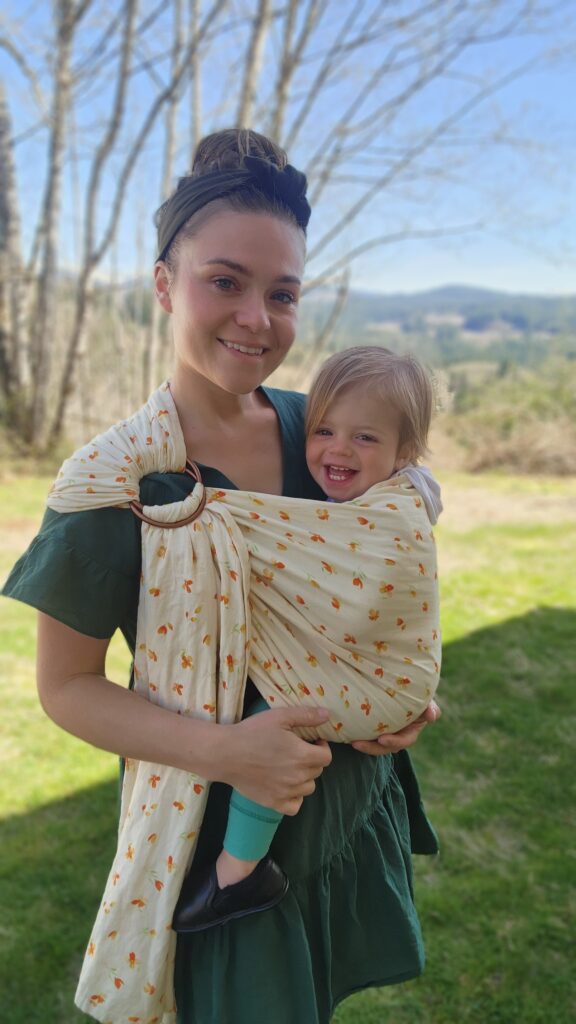
What “Non-Toxic” Really Means in Babywearing
“Non-toxic” sounds reassuring, but in reality it’s mostly a marketing term. In the U.S., the FTC requires that companies making “non-toxic” claims have solid evidence and that their wording not be misleading. But there’s no single official “non-toxic” seal.
Instead, look for credible textile certifications that give substance to the claim:
- OEKO-TEX Standard 100 – Tests textiles (and all their components) for harmful substances. For babies, look for Product Class I, which has the strictest limits.
- GOTS (Global Organic Textile Standard) – Focuses on organic fibers, environmentally responsible processing, and restrictions on dyes and finishes. It’s one of the most comprehensive organic textile certifications available.
On top of that, children’s products in the U.S. must comply with CPSC safety rules, which include mechanical safety standards for carriers and chemical limits (like lead in textiles and coatings). In the EU, additional rules restrict certain azo dyes linked to carcinogens.
So when you see “non-toxic,” know that the real story is about which certifications and standards a brand meets—not a single magical label.
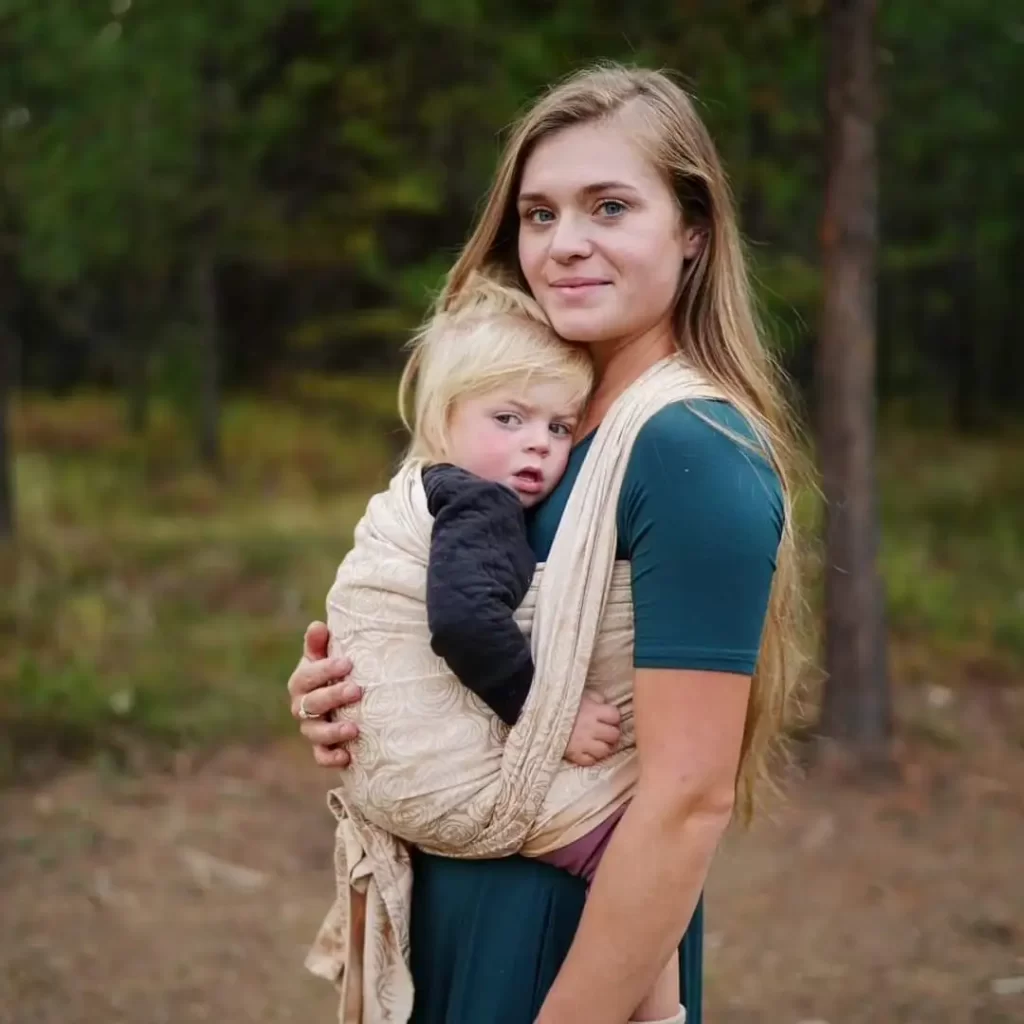
Natural Fibers are a Popular “Low-Tox” Choice
For families who prefer to stick with natural fibers, the good news is that there are many wonderful options. Cotton, linen, hemp, and silk are breathable, durable, and often easier to evaluate in terms of textile safety. But keep in mind: natural fibers alone don’t guarantee harmful chemical-free processing. Certifications and transparent sourcing matter.
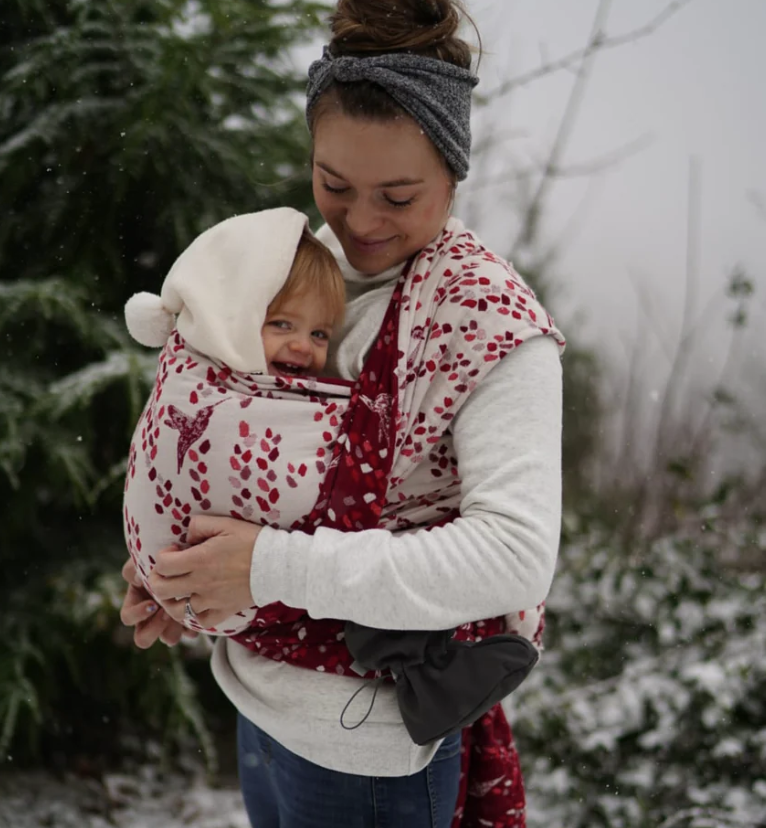
Examples of Brands Using Safer, Natural Materials
Here are some well-known names in the babywearing world, many of which disclose their fiber choices and/or certification status:
- Didymos – Uses GOTS-certified organic cotton in many wraps and relies on non-toxic dyes. CLICK HERE (cassidy10 for discount)
- Sestrice – Woven in Slovakia with OEKO-TEX Standard 100 Product Class I certified yarns. CLICK HERE
- LennyLamb – Fabrics made with OEKO-TEX certified yarns. CLICK HERE (LETSTALK_BABYWEARING for 5% off)
- Happy Baby – Carriers in linen and hemp blends, with OEKO-TEX certified dyes. CLICK HERE (LETSTALK10 for 10% off)
- Heritage Baby – Linen ring slings made from European OEKO-TEX 100 certified linen. CLICK HERE (LETSTALK for 10% discount)
- Hope & Plum – Ring slings in hemp and organic cotton, CPSC-compliant and hip-healthy certified. CLICK HERE (10% discount through link)
- Sakura Bloom – Linen, silk, and other natural-fiber carriers, beautifully woven and dyed. CLICK HERE
- BabueBaby – Carriers rooted in traditional African design, using cotton fabrics and natural dye practices. CLICK HERE
- Beluga Baby – Their structured linen or cotton/hemp blend carrier, offers natural fibers, minimalist design, and OEKO-TEX Standard 100 certified fabric for safe, breathable everyday wearing. CLICK HERE
- Oscha Slings – Woven wraps and carriers made in Scotland using GOTS-certified organic cotton, linen, and hemp, with eco-friendly dyes and sustainable practices. CLICK HERE (LETSTALK23 for 10% off)
And there are many more—each with their own unique blend of fiber choices, certifications, and craftsmanship.
How to Evaluate “Low-Tox” Carriers
Here’s a quick shopping checklist you can use:






So, What Is the Best Carrier?
The truth? The best carrier is the one that:
- fits your body comfortably,
- supports your baby safely,
- feels good in your lifestyle,
- and aligns with your values—whether that’s budget, sustainability, natural fibers, or aesthetics.
Your needs may change as your baby grows, and that’s normal. Instead of chasing a single “perfect” or “non-toxic” option, let’s celebrate that there are so many excellent choices available.
If you are struggling to find the right option for you, check out my “Let’s Talk Choosing YOUR Carrier” Guide HERE.
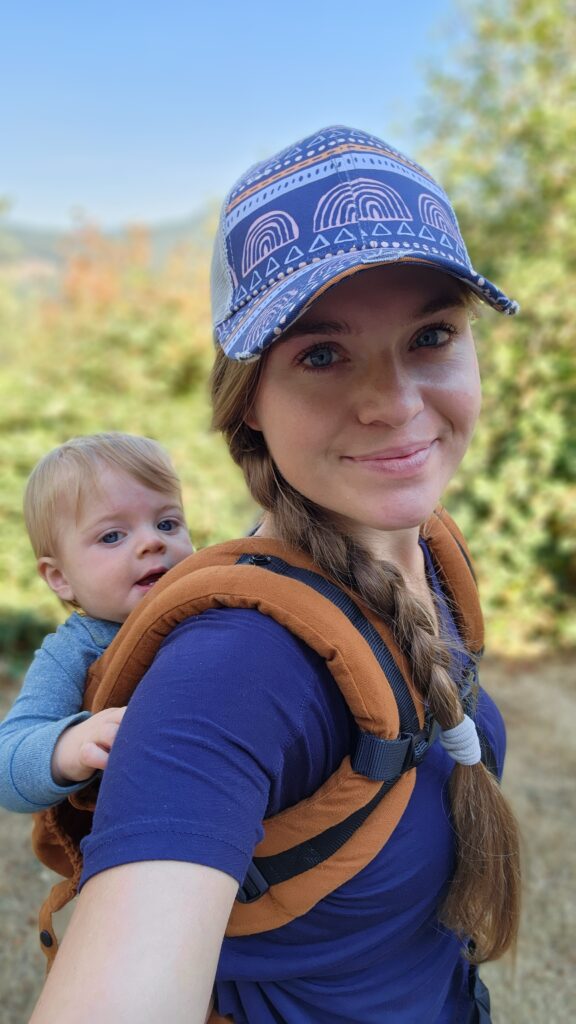
Helpful references on “non-toxic” and textile standards
FTC Green Guides on environmental and “non-toxic” claims. Federal Trade Commission
OEKO-TEX Standard 100 overview and factsheet. OEKO-TEX+1
GOTS standard and certification scope. Global Organic Textile Standard+1
CPSC guidance for soft carriers and slings, plus U.S. lead limits for children’s products and paint. U.S. Consumer Product Safety Commission+3U.S. Consumer Product Safety Commission+3U.S. Consumer Product Safety Commission+3
EU restrictions on certain azo dyes in textiles. SGSCorp
Check out other posts here!
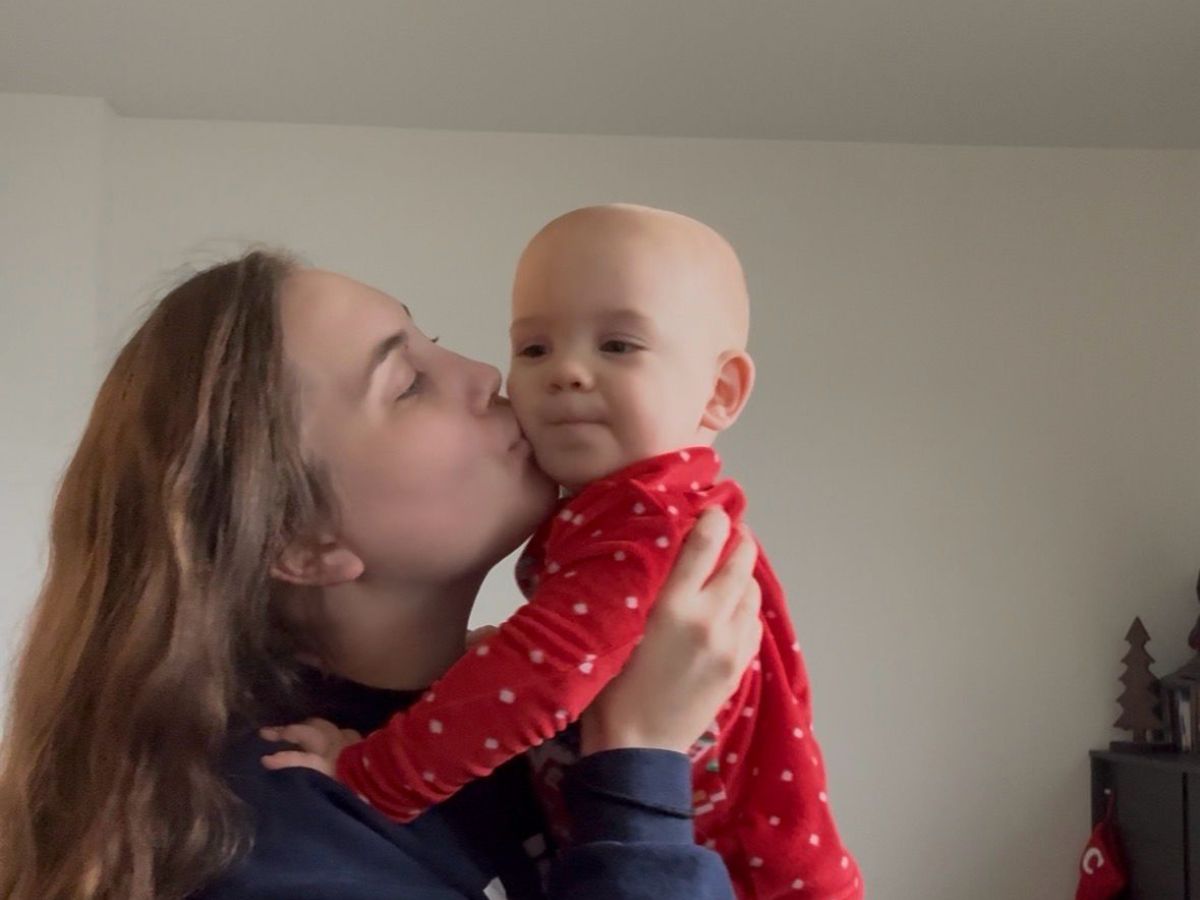
Nursing in the Wild: My Real Breastfeeding Journey, Struggles, and Wins
Written by Sierra Phillips My Personal Journey with Breastfeeding I’m an experienced nanny, the oldest daughter, and a qualified elementary
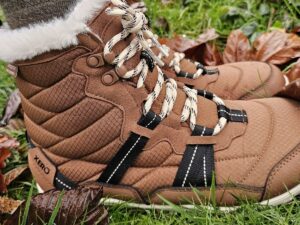
Why We Chose Xero Boots for Winter and How They Fit Our Family
The kids new Xero Shoes snow boots I picked up new Xero shoes snow boots for the kids this year and they
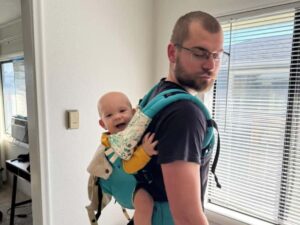
A Dad’s Babywearing Story Finding the Right Carrier and connecting With My Son
When Babywearing Didn’t Work at First Babywearing didn’t work for me at first. Every time I tried, my son would
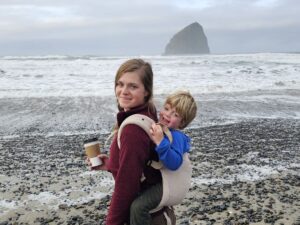
Beluga Baby Cove Carrier Review: Fit, Comfort, and Real Life Use From Baby to Big Kid
The Beluga Baby Cove Carrier is a buckle carrier that has become a go to for me because it grows
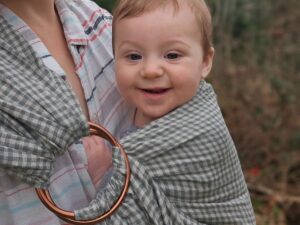
Why the Heritage Baby Ring Sling is a Lightweight, Ethical, and Beautiful Choice
Babywearing is a practice as old as parenting itself. Across cultures and generations, caregivers have carried their babies close with
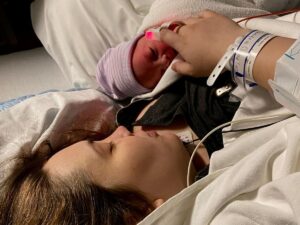
Babywearing After a C-Section: What I Learned (The Hard Way)
Written by Sierra Phillips, guest contributor for Let’s Talk Babywearing We all love the idea of carrying our sweet little
